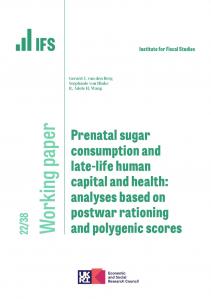Report
On the 7th of July 2005 (henceforth 7/7), four extremist Islamic terrorist bombers targeted London's transport network, killing 52 passengers and injuring hundreds more. Using prerecorded statements, the bombers threatened further acts of terrorism. Indeed, just 2 weeks later, a further four suicide bombers attempted but failed to execute similar attacks.





















